ASMR (Autonomous Sensory Meridian Response) is a sensory phenomenon consisting of a tingling sensation in the scalp, neck, and other body areas in response to specific auditory and visual stimuli, accompanied by relaxation and well-being.
Currently, no studies can tell what percentage of the population experiences ASMR and where this feeling comes from. Attempts to explain the phenomenon often concern our positive associations with certain sounds and images. Recalling them via video may trigger the tingling sensation in question, and this allows, among other things, “close” the areas of the brain responsible for feeling stress.
The beginnings of ASMR![]() on the Internet date back to around 2010
on the Internet date back to around 2010![]() . On YouTube, you will find thousands of different video materials designed to induce the mentioned tingling sensation
. On YouTube, you will find thousands of different video materials designed to induce the mentioned tingling sensation![]() . The term itself was created by Jennifer Allen in 2010 and means spontaneous response of sensory meridians (a state of euphoria that our body feels). However, this should not be associated with sexual pleasure. The essence of the phenomenon is relaxation and calmness, not stimulation.
. The term itself was created by Jennifer Allen in 2010 and means spontaneous response of sensory meridians (a state of euphoria that our body feels). However, this should not be associated with sexual pleasure. The essence of the phenomenon is relaxation and calmness, not stimulation.
The richness of ASMR lies in the thousands of different triggers![]() that often affect us in surprising ways.
that often affect us in surprising ways.
We will start with voice sounds![]() . Within them, we find a whole range of stimuli triggered by speech, the grades of which are distinguished not only due to the volume scale of the sounds of the articulatory apparatus but primarily due to the involvement of the vocal ligaments in their production, i.e., from a whisper to a full voice.
. Within them, we find a whole range of stimuli triggered by speech, the grades of which are distinguished not only due to the volume scale of the sounds of the articulatory apparatus but primarily due to the involvement of the vocal ligaments in their production, i.e., from a whisper to a full voice.
The first one mentioned is a very interesting trigger because, among ASMR artists themselves, there are two basic approaches to this stimulus. Some people equate the concepts of inaudible and unintelligible and understand both as a type of whisper from which we can hear only individual segments or syllable clusters, as a result of which we either do not understand the entire message or understand it thanks to Wernicke's area, responsible for understanding written and spoken language, the functions of which allow you to complete unheard sound sequences and lexical.
In turn, other artists draw a clear boundary between these concepts and define inaudible whisper as above, with the emphasis that it should be produced in an existing living language, and the incomprehensible variant is a whisper that is the sound articulation clusters that do not create meaning.
In addition to the above-mentioned triggers in the field of vocal sounds, they are characterized by suprasegmental factors – monotone speech and iterative factors. The latter category includes both lexical reduplications (so-called trigger words), in which the artist repeats for some time a given trigger word, i.e., a word that contains specific sound clusters, as well as reduplications of isolated sound clusters, often of an onomatopoeic nature. Often visual stimuli accompany them.

In addition to speech sounds, other mouth sounds![]() of the articulatory apparatus are also popular:
of the articulatory apparatus are also popular:
These can be produced alone or in combination with vocal sounds.
The second primary group of acoustic triggers are non-verbal sounds![]() , i.e., sounds not produced by the articulatory apparatus:
, i.e., sounds not produced by the articulatory apparatus:
Triggers affecting the sense of sight are divided into three categories light, color, and movement. For some recipients, the scenery itself is of great importance – for example, the background brightness level and objects in the artist's surroundings.
The essential light trigger is a flashlight, which the artist holds in front of the camera, changing the angle of incidence of light. White light is most commonly used, but we can also see colored lights.
Other light triggers are lamps of different colors and shapes, e.g., sensory lamps such as lava lamps, Christmas tree lights, etc. Artists work with color in various ways – often by showing colorful objects and painted nails.
The popular movement triggers are hand gestures, face brushing, and the so-called tracing (tracking, most often with a finger). In addition, this includes all movements related to activities resulting from the role played by the artist in role-play videos – cutting with scissors, writing, drawing, applying cosmetics to the face, head and body massage, making origami, etc.
They are one type of stimuli that not only influence the recipient through sensory channels and selecting appropriate sound and visual effects but also establish and maintain contact with the recipient at the level of the global structure of communication with the listener, which in itself works as a trigger/relaxation factor.
This trigger is called role-playing![]() . This method of influencing the recipient uses a whole range of ASMR objects and sonic and visual stimuli, the selection of which is determined primarily by the theme. Here is a list of frequently recorded role-plays:
. This method of influencing the recipient uses a whole range of ASMR objects and sonic and visual stimuli, the selection of which is determined primarily by the theme. Here is a list of frequently recorded role-plays:
Of course, artists, to go beyond the framework and attract more audiences, create role-plays of various, sometimes surprising topics. The specificity of role-play is that the artist influences the recipient through quasi-dialogue by treating them as present “here and now” in the conversation, by asking them questions, treating them as their only selected interlocutor whose expectations are to be met, which results in building a specific discursive space.
So far, there are no studies that would confirm the existence of the ASMR phenomenon or explain the psychological mechanism behind its sensation. Descriptions of this condition come directly from people who claim to have experienced it empirically. Therefore, psychologists and cognitive scientists approach this topic very carefully and skeptically.
Some researchers assume that from the point of view of neuroscience, ASMR does not exist at all and that the respondents declare it means many different phenomena. They also postulate that ASMR should be assessed primarily from the point of view of a cultural and artistic phenomenon – due to the tremendous variety of audiovisual materials stimulating this state and the power of their message affecting viewers.
At the same time, however, scientists point out that the ASMR phenomenon undoubtedly requires further and more intensive research – including using modern neuroimaging techniques![]() . There are many reports of experiencing it. Interestingly, many people who declare experiencing ASMR have a similar personality profile
. There are many reports of experiencing it. Interestingly, many people who declare experiencing ASMR have a similar personality profile![]() : higher than average scores on the Openness to Experience and Neuroticism scales and lower scores on the Agreeableness, Conscientiousness, and Extraversion scales.
: higher than average scores on the Openness to Experience and Neuroticism scales and lower scores on the Agreeableness, Conscientiousness, and Extraversion scales.
Moreover, questionnaire and survey research show that people declaring that they experience ASMR more often also report a reduction in the intensity of depressive symptoms![]() or chronic pain
or chronic pain![]() – if they had such symptoms before. Proving the existence of ASMR in a specific form and discovering the mechanism behind it could help dozens of people struggling with various health problems.
– if they had such symptoms before. Proving the existence of ASMR in a specific form and discovering the mechanism behind it could help dozens of people struggling with various health problems.
Research shows that people experiencing ASMR have specific, atypical brain physiology.
What for an ordinary person is a stimulus on the verge of noticeability, classified as irrelevant and quickly silenced, for a person experiencing ASMR is a riot of contradictory sensations, including both stimulation, manifested in tingling or a feeling of chills traveling down the back, as well as calming, tranquility, relaxation![]() .
.
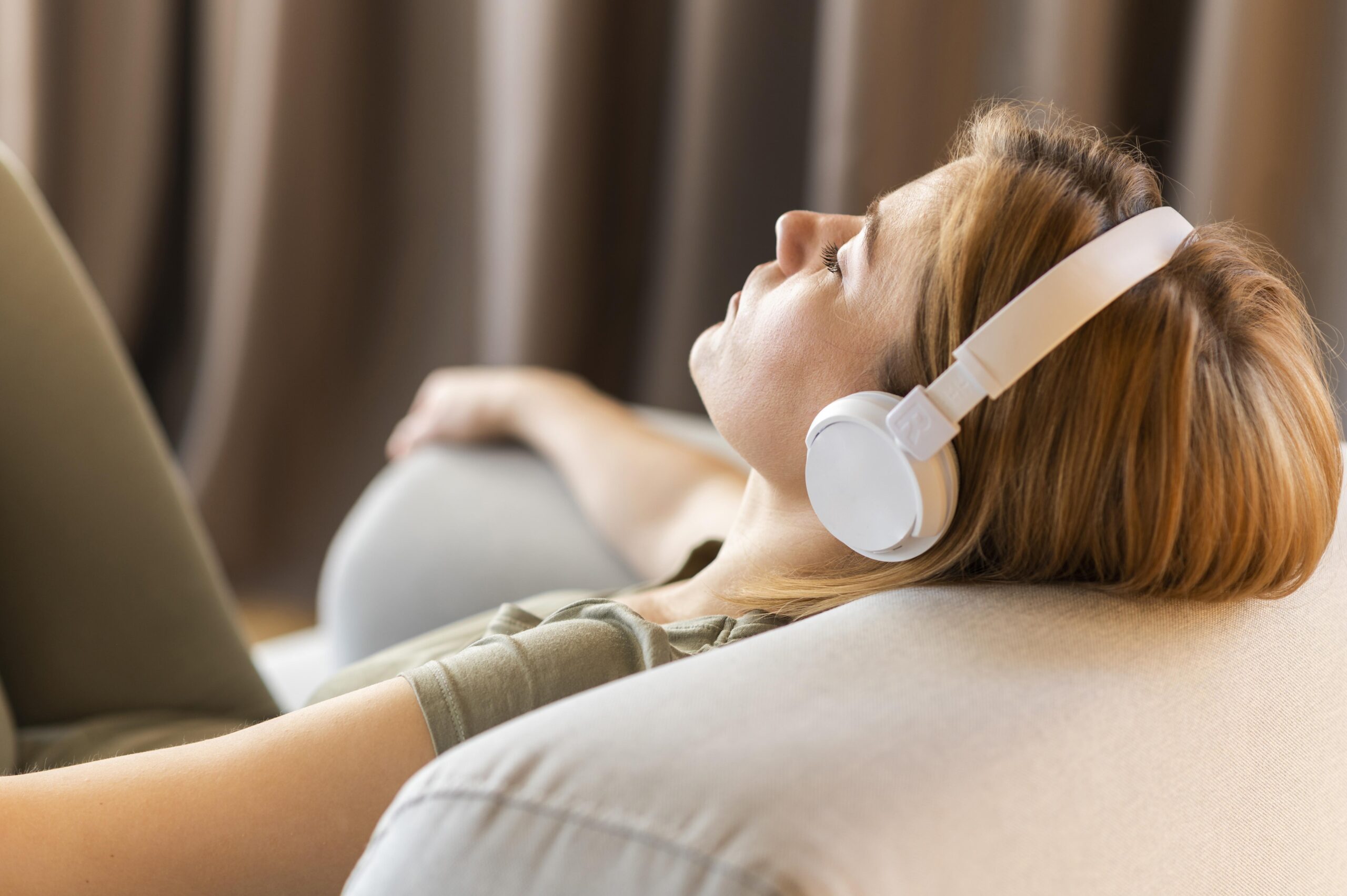
In some cases, synesthesia![]() may occur, i.e., perceiving stimuli from one sense as coming from another sense. Then, for example, sounds are also accompanied by gustatory, olfactory, or – most often – visual sensations.
may occur, i.e., perceiving stimuli from one sense as coming from another sense. Then, for example, sounds are also accompanied by gustatory, olfactory, or – most often – visual sensations.
Such stimulation results in a strong emotional reaction, which is probably the secret of ASMR and which causes it to become a “reset” for our nervous system. Each person sensitive to ASMR will have a different reaction profile. However, the described effects suggest that stress hormones that manage arousal are released and are responsible for the feeling of pleasure and relaxation. Therefore, after the phase of arousal, when the heart rate increases and the sensations are vivid, there is a phase of relaxation and calmness, manifested, among others, by a drop in heart rate. It is probably the secret of ASMR, which, according to many reports and few studies, can be helpful in problems such as insomnia or excessive nervousness.
ASMR is a safe phenomenon that can bring many benefits![]() , such as:
, such as:
The only contraindication may be listening to this type of material during activities that require attention, e.g., while driving a car or operating machinery.
ASMR is not for everyone. We differ in the sensitivity of the nervous system and its reactions. However, if we have discovered a set of stimuli that brings us into a state of blissful relaxation, it is worth using it as a supporting form.
Routine is also a significant element. It introduces predictability and peace into our lives, cutting us off from intrusive, disturbing thoughts and stimulating stimuli, such as cell phones.
There are three potential threats resulting from the medium through which ASMR is received, which is most often a mobile phone or a similar device.
First, these devices generate blue light![]() , exposure to which is harmful to the human eye. Therefore, frequent viewing of ASMR videos – focusing on visual triggers – may have negative ophthalmological effects.
, exposure to which is harmful to the human eye. Therefore, frequent viewing of ASMR videos – focusing on visual triggers – may have negative ophthalmological effects.
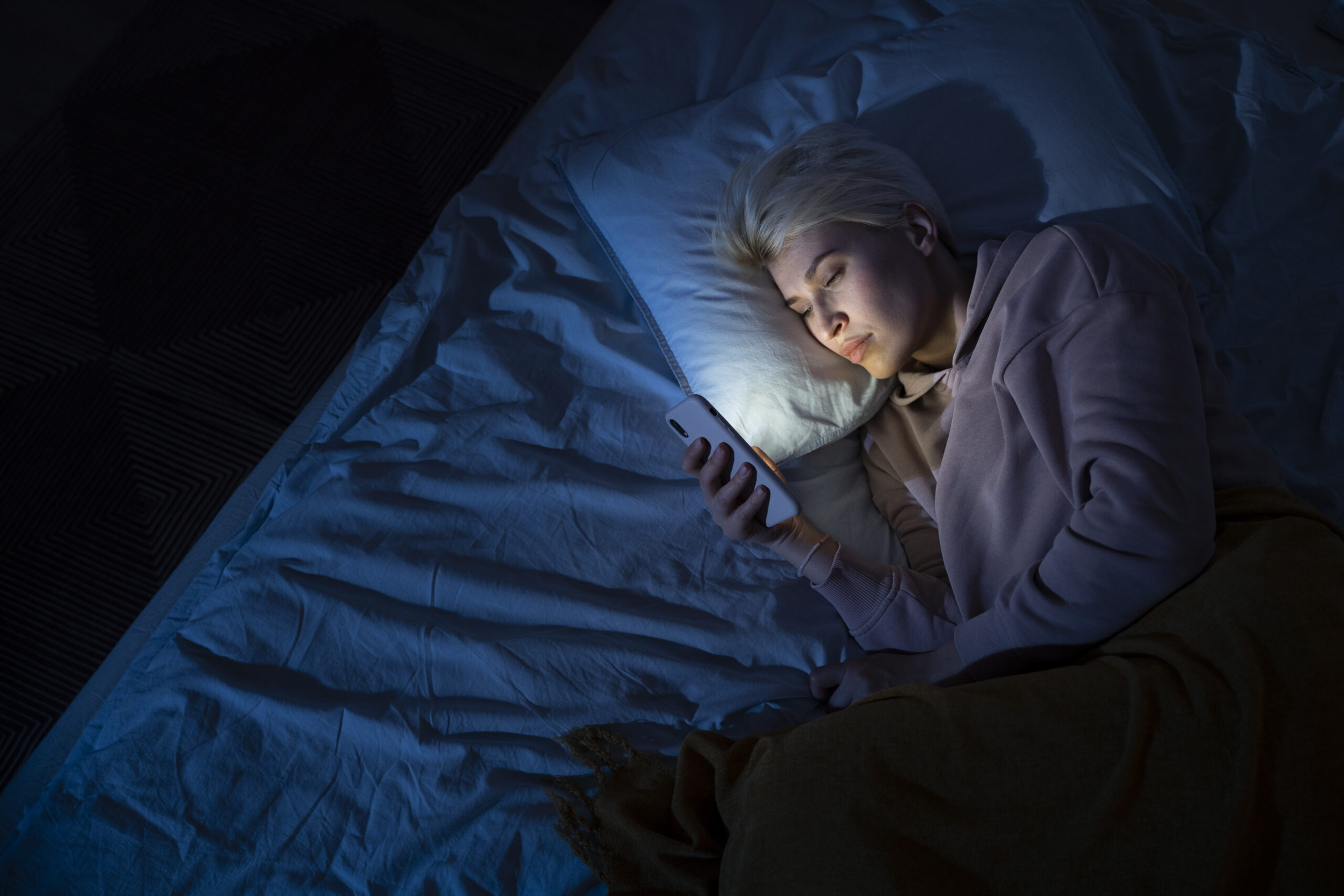
Secondly, many contemporary sociologists and educators warn that the virtual world is becoming a specific alternative to social life, as it replaces contacts with loved ones. There is a fear that seeking ASMR experiences may disrupt the need for contact in the real world![]() .
.
And thirdly, since cyberspace itself is a field for the development of addictions![]() , their potential occurrence should also be taken into account in this case. Many ASMR consumers regularly play ASMR recordings as a remedy for insomnia, and this sphere leaves a lot of room for these types of threats.
, their potential occurrence should also be taken into account in this case. Many ASMR consumers regularly play ASMR recordings as a remedy for insomnia, and this sphere leaves a lot of room for these types of threats.
The mentioned threats result not from the essence of the phenomenon itself, but from the cyberspace in which it develops. It is a positive phenomenon in itself. More and more ASMR channels are being created and the number of subscribers is growing, which opens up a wide empirical spectrum for the researcher.
Misophonia![]() means reduced tolerance to certain types of sounds with different acoustic parameters, most often sounds made by people, such as snoring, smacking, and swallowing. They cause severe discomfort, unpleasant emotional states, associated physiological symptoms, and actions aimed at their removal/reduction. The person experiencing them judges their aversive reactions as excessive and unjustified. This phenomenon is much more different from ASMR.
means reduced tolerance to certain types of sounds with different acoustic parameters, most often sounds made by people, such as snoring, smacking, and swallowing. They cause severe discomfort, unpleasant emotional states, associated physiological symptoms, and actions aimed at their removal/reduction. The person experiencing them judges their aversive reactions as excessive and unjustified. This phenomenon is much more different from ASMR.
Misophonia is not related to damage to the hearing aid, but it may significantly limit an individual's functioning in the area of family, social, or professional life. There are concepts explaining this phenomenon as a dysfunction of the central auditory pathway, in which there are strengthened neuronal connections between the auditory and limbic systems for certain sounds.
Differences in the processing of aversive stimuli are seen in functional neuronal connections between the anterior insular cortex and regions responsible for emotion regulation, as well as in increased myelination in the prefrontal cortex in people with misophonia. However, it is also possible that the sensitization has a completely psychological origin, resulting from unpleasant individual experiences that consolidated the reaction through aversive learning. Misophonia may co-occur with the phenomenon of auditory hypersensitivity.
If you think you have the right voice, then you don't need much to start with to create the videos. You need a camera with a recording function and a binaural microphone that allows spatial sound recording.
ASMR may appeal to those interested in acting, as it offers the opportunity to practice on camera in the comfort of their own home. It is a great way to show off your storytelling skills as well.
Table of Contents
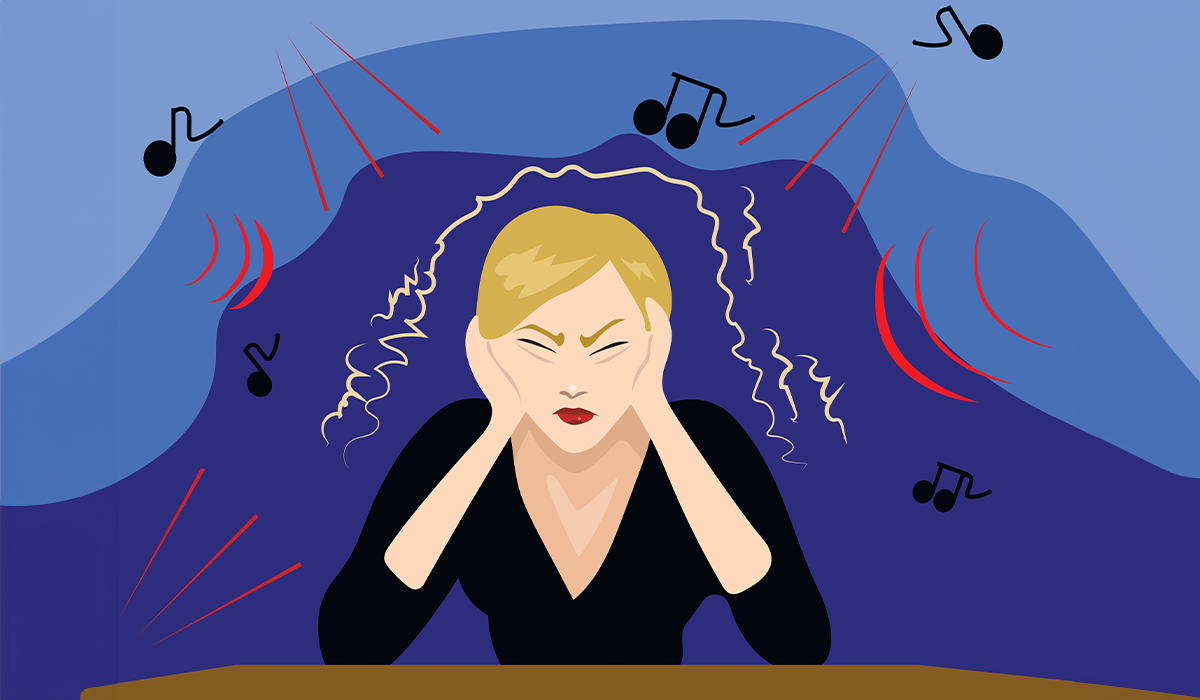
Misophonia is an inappropriately strong reaction to specific sounds. It occurs in many disorders. Learn about the meaning of misophonia… read more »
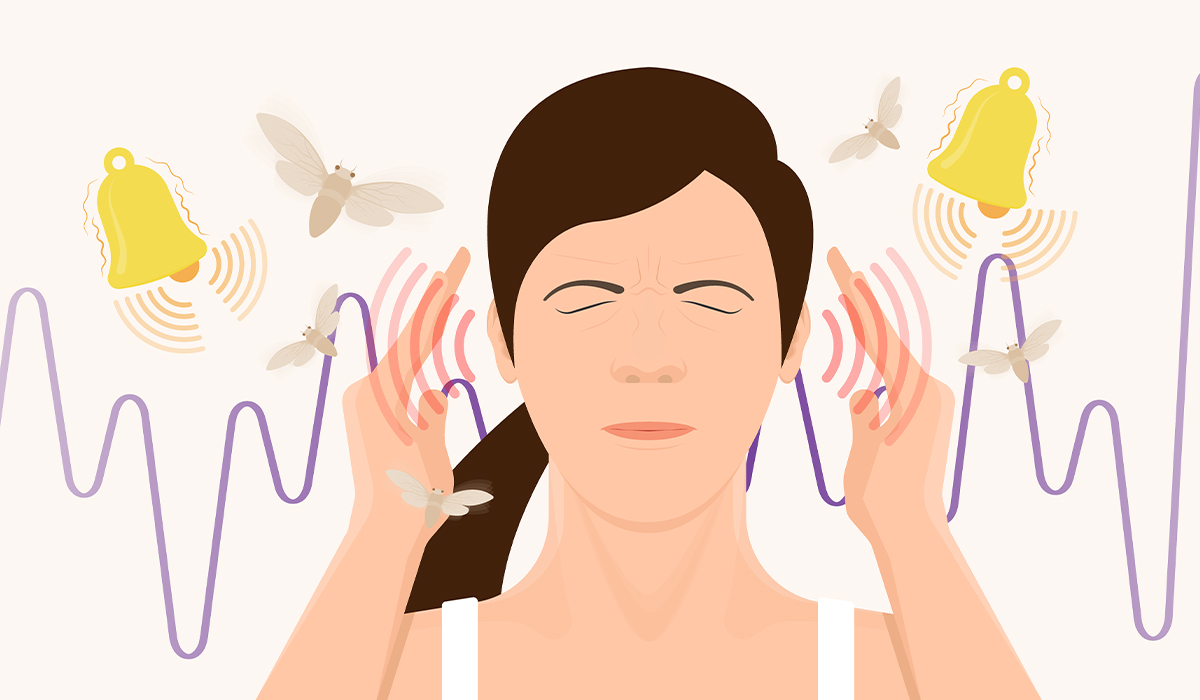
Tinnitus is a common difficulty with the sense of hearing. It occurs when you hear sounds without any outside noise… read more »

Pneumothorax is a condition that develops as a result of air entering the pleural cavity. What are the causes and… read more »
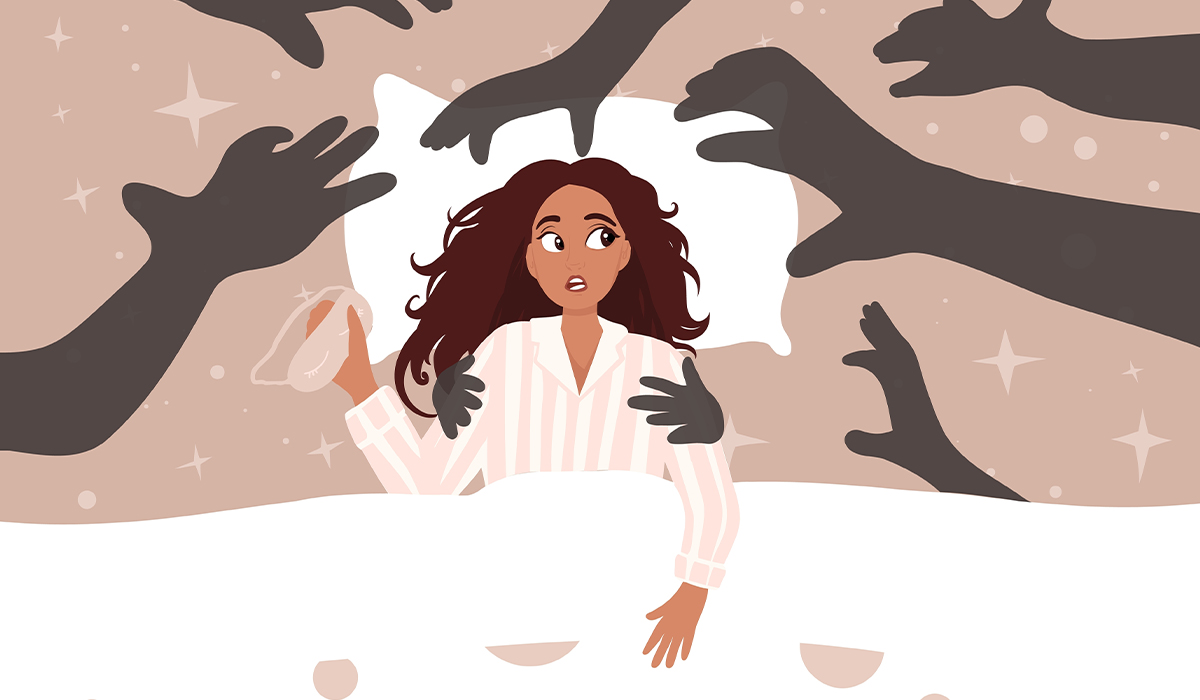
Sleep paralysis is a condition in which you experience a feeling of inertia of the entire body. What are the… read more »

Eczema flare-ups are usually related to specific triggers. Learning how to avoid specific to your eczema triggers, can be a… read more »

Autism Spectrum Disorders (ASD) are a group of developmental disabilities. Check out the symptoms and diagnosis. Learn, how to help… read more »
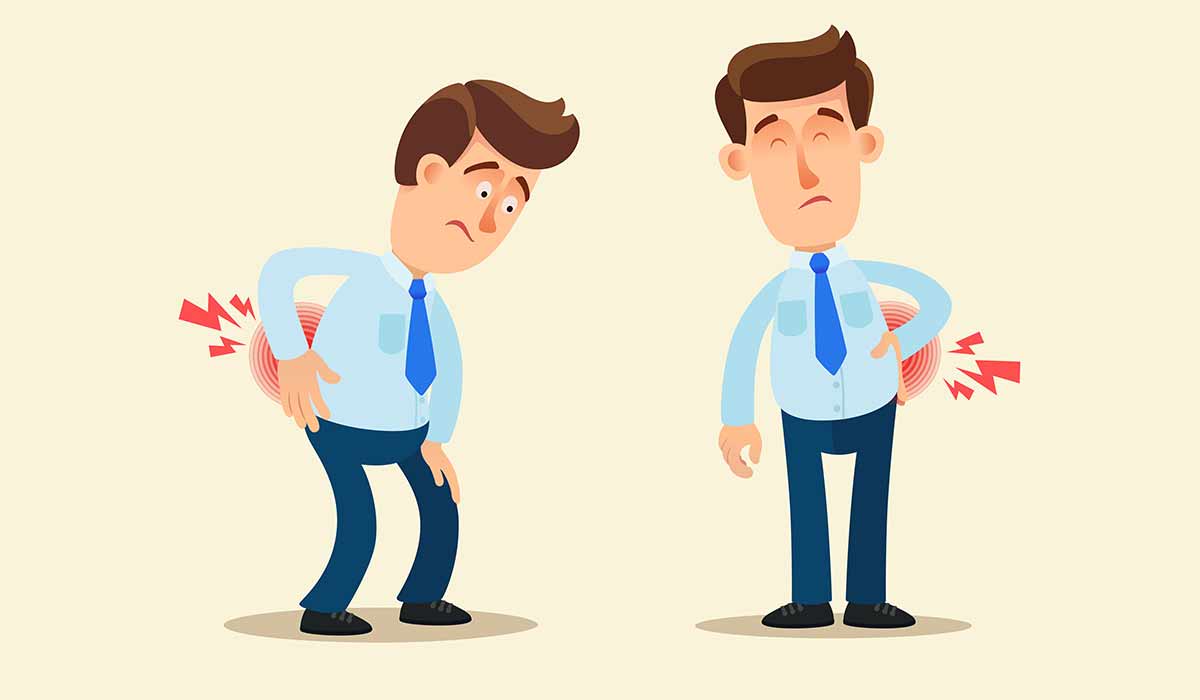
Allodynia is the painful sensation of stimuli that do not cause a pain reaction in healthy people. What are its… read more »

Ocular migraine is a type of migraine that involves a variety of visual distortions that are sometimes accompanied by headaches.… read more »

Nerve is a bundle of fibers made up of neurons that transmit sensory and motor information between different body parts… read more »